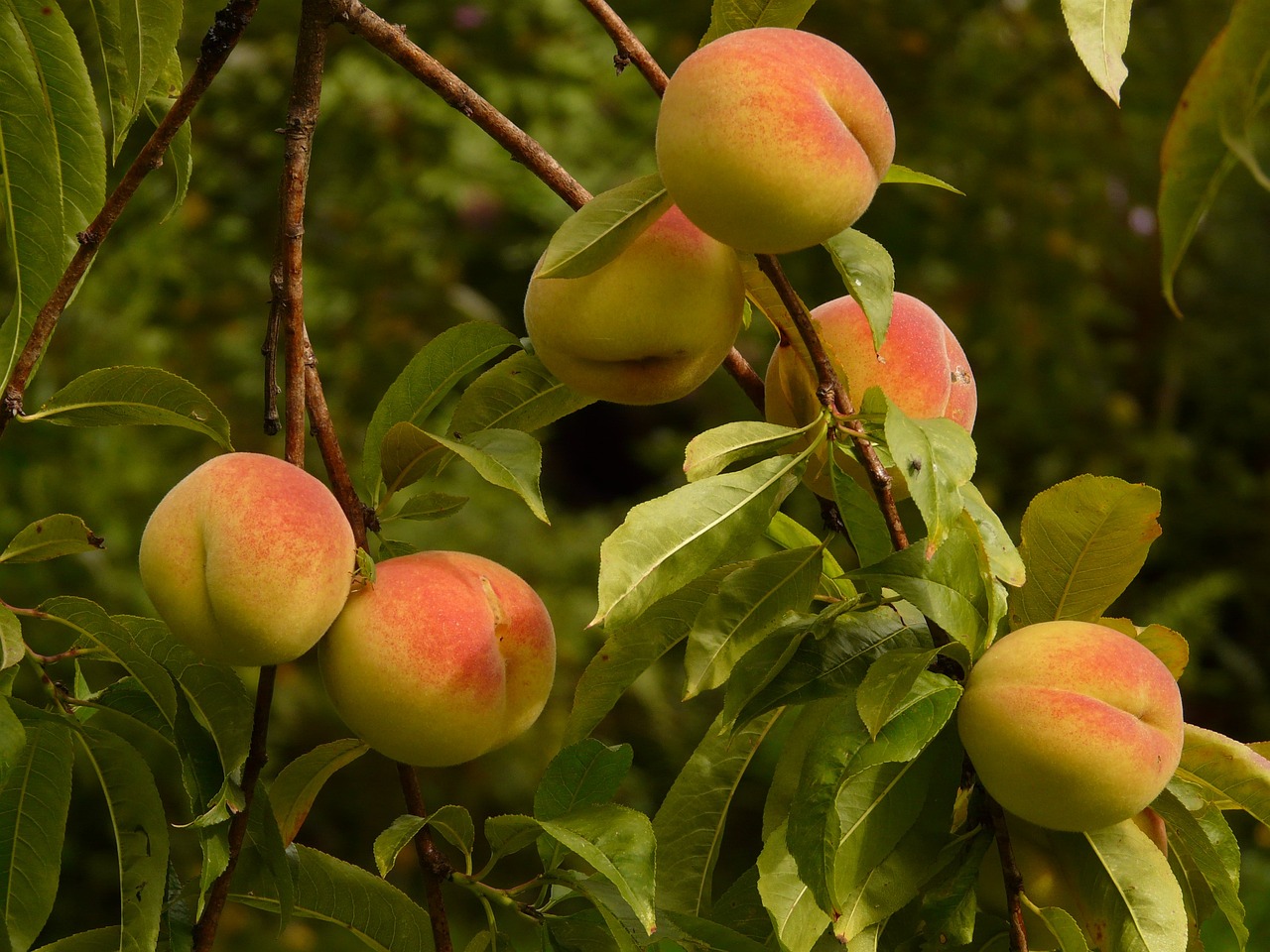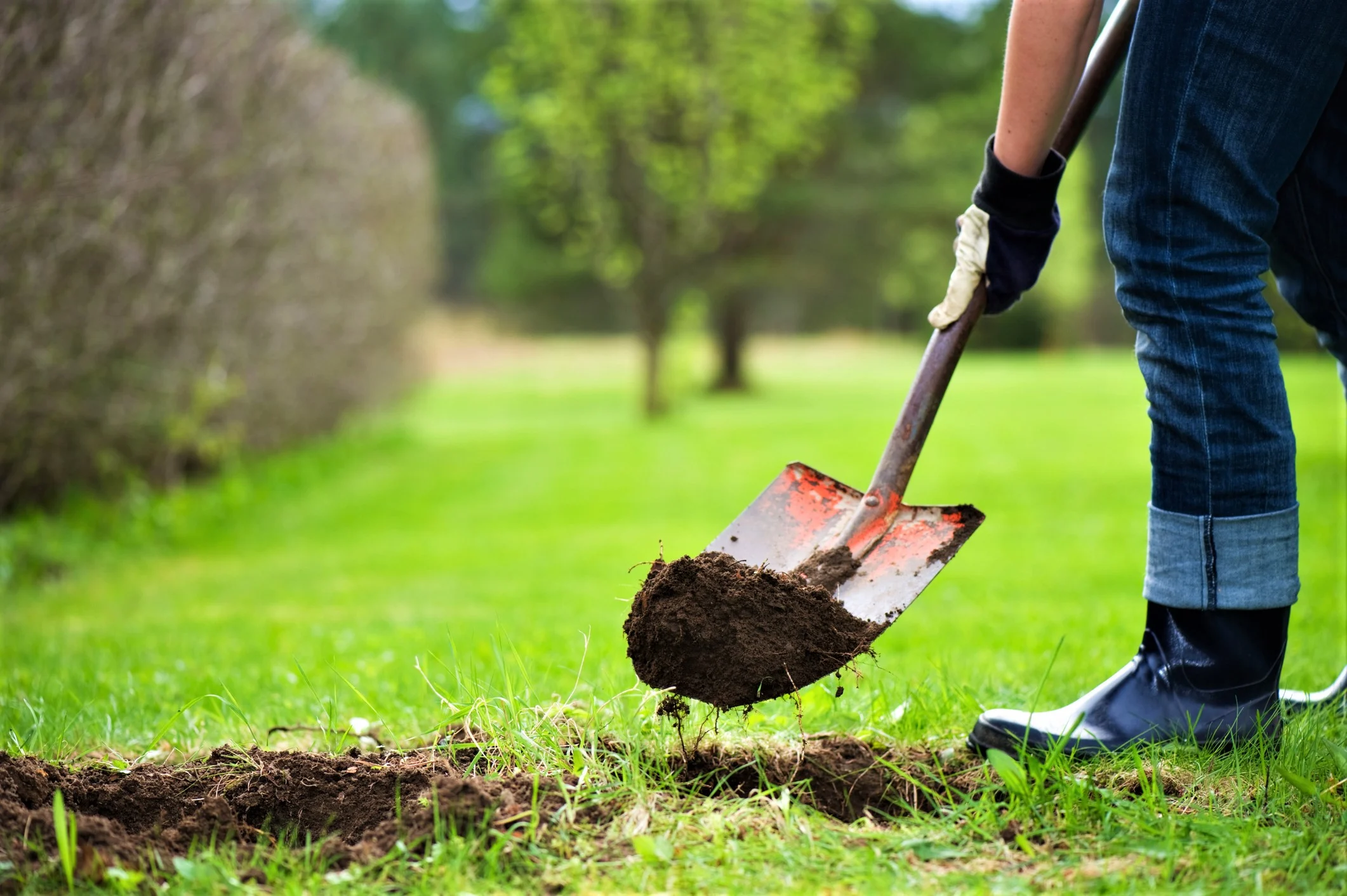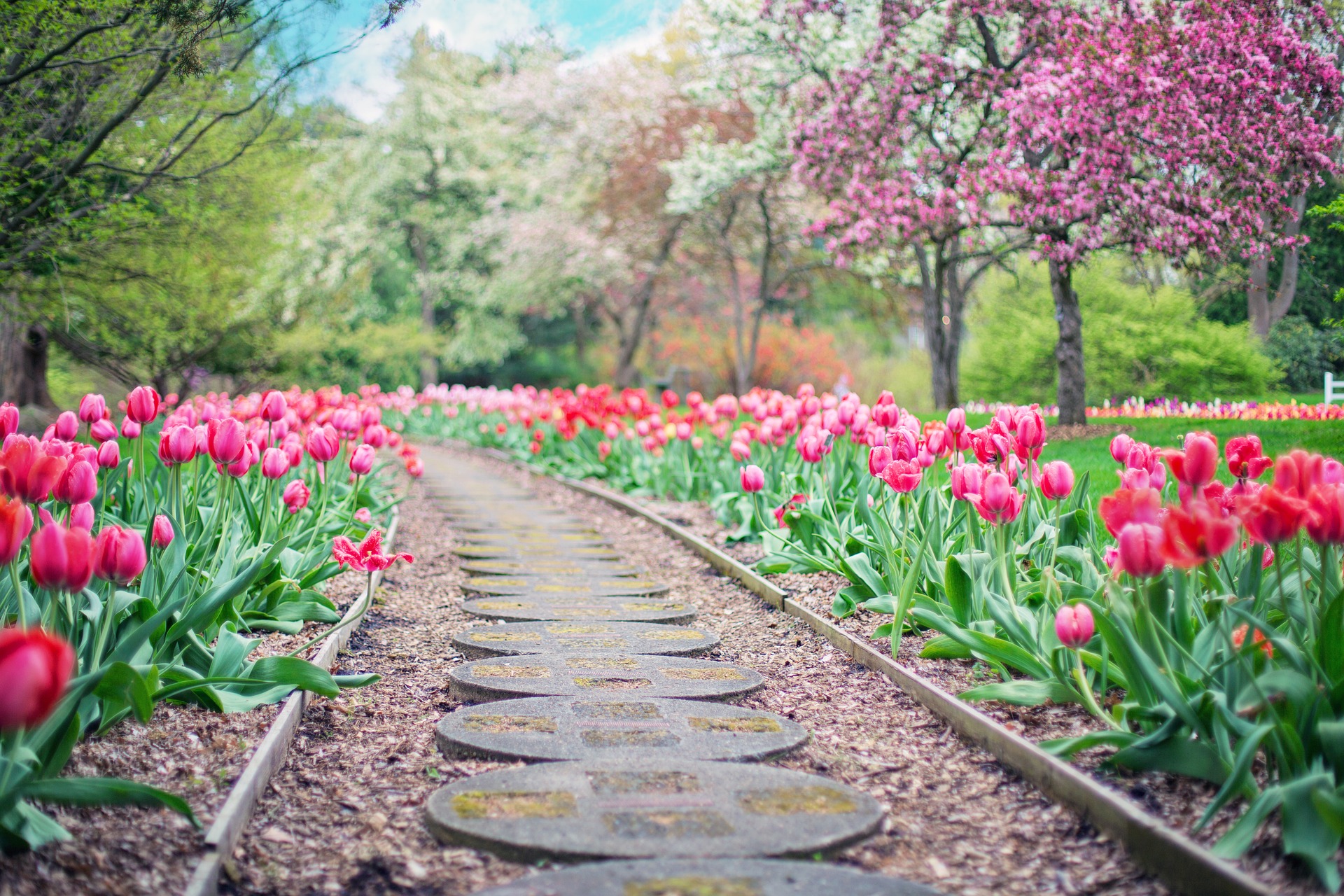Peach trees are a delightful addition to any orchard or backyard, offering sweet and juicy fruits that evoke the essence of summer. However, like all plants, peach trees can fall victim to various pests that threaten to diminish your harvest. In this blog, we’ll delve into the world of common pests that can affect peach trees and explore effective strategies to keep your trees healthy and fruitful.
The Culprits: Common Pests of Peach Trees
Aphids: These tiny insects feed on the sap of young peach tree shoots, causing leaves to curl and distort. Aphids multiply rapidly and can lead to stunted growth if left unchecked.
Peach Tree Borers: The larvae of these pests tunnel into the trunk, branches, and roots of the tree, weakening its structural integrity and leading to dieback.
Plum Curculio: This weevil-like insect damages peach fruit by laying eggs on the skin, resulting in characteristic crescent-shaped scars and early fruit drop.
Peach Twig Borers: These pests bore into twigs and branches, causing wilting, dieback, and cankers on the tree.
Scale Insects: Scale insects attach themselves to the branches and feed on sap, weakening the tree and reducing fruit production.
Leafhoppers: These pests puncture leaves and extract sap, leading to discoloration, yellowing, and reduced photosynthesis.

Prevention and Control
Pruning: Regular pruning helps remove infested branches and improves air circulation, reducing the risk of pest infestations. Remember to promptly dispose of pruned material away from the tree.
Sanitation: Keeping the area around your peach tree clean and free from fallen leaves and fruit can help reduce the habitat for pests to thrive.
Beneficial Insects: Introduce natural predators such as ladybugs and lacewings to control aphid populations.
Trunk Protection: Apply white tree wrap or sticky barriers to the lower trunk to prevent peach tree borers from laying eggs.
Chemical Control: When severe infestations, consider using insecticidal soaps, horticultural oils, or approved pesticides following recommended guidelines.
Cultural Practices: Regularly water and fertilize your peach tree to keep it healthy and less susceptible to pests. A healthy tree is better equipped to defend itself.
Trap and Monitor: Use pheromone traps to monitor and trap pests like plum curculio and reduce their numbers.
Japanese Beetles: The adults of these beetles skeletonize leaves, consuming the soft tissue between the veins and causing severe defoliation.
Maintaining healthy peach trees requires vigilance and a combination of preventive measures. Regular observation and quick action are crucial to managing pest populations effectively. By understanding the common pests that can afflict your peach trees and implementing proper preventive strategies, you can protect your harvest and enjoy the luscious rewards of your labor. Remember, a thriving peach tree is not only a testament to your gardening prowess but also a source of sweet satisfaction during peach season.
In your efforts to safeguard your peach trees, don’t forget the power of knowledge and community. Reach out to local gardening clubs, agricultural extensions, or online forums to share experiences and learn from fellow peach tree enthusiasts. Often, they can provide valuable insights and practical tips that have proven successful in combating pests in your specific region. With the right resources and a proactive approach, you can overcome the challenges posed by pests and savor the full splendor of your peach tree’s bounty.
Concerned about your trees’ health? Discover peace of mind with K-W Tree Expert Co. Their expert team specializes in comprehensive disease and pest detection, followed by effective treatment solutions. From identifying early signs to implementing targeted treatments, they’re dedicated to preserving your trees’ vitality and beauty. Trust them to safeguard your precious green assets for a flourishing landscape.



